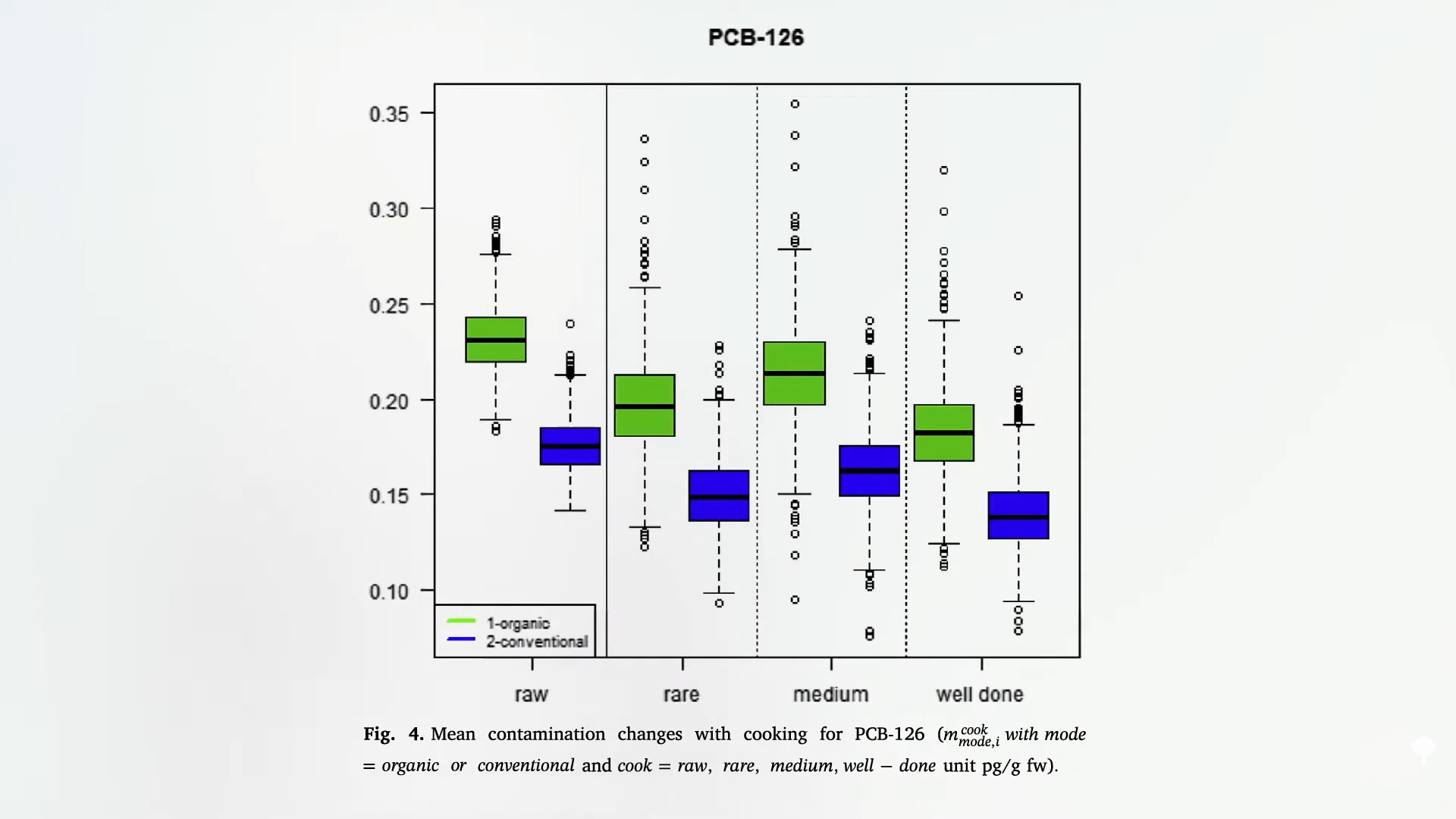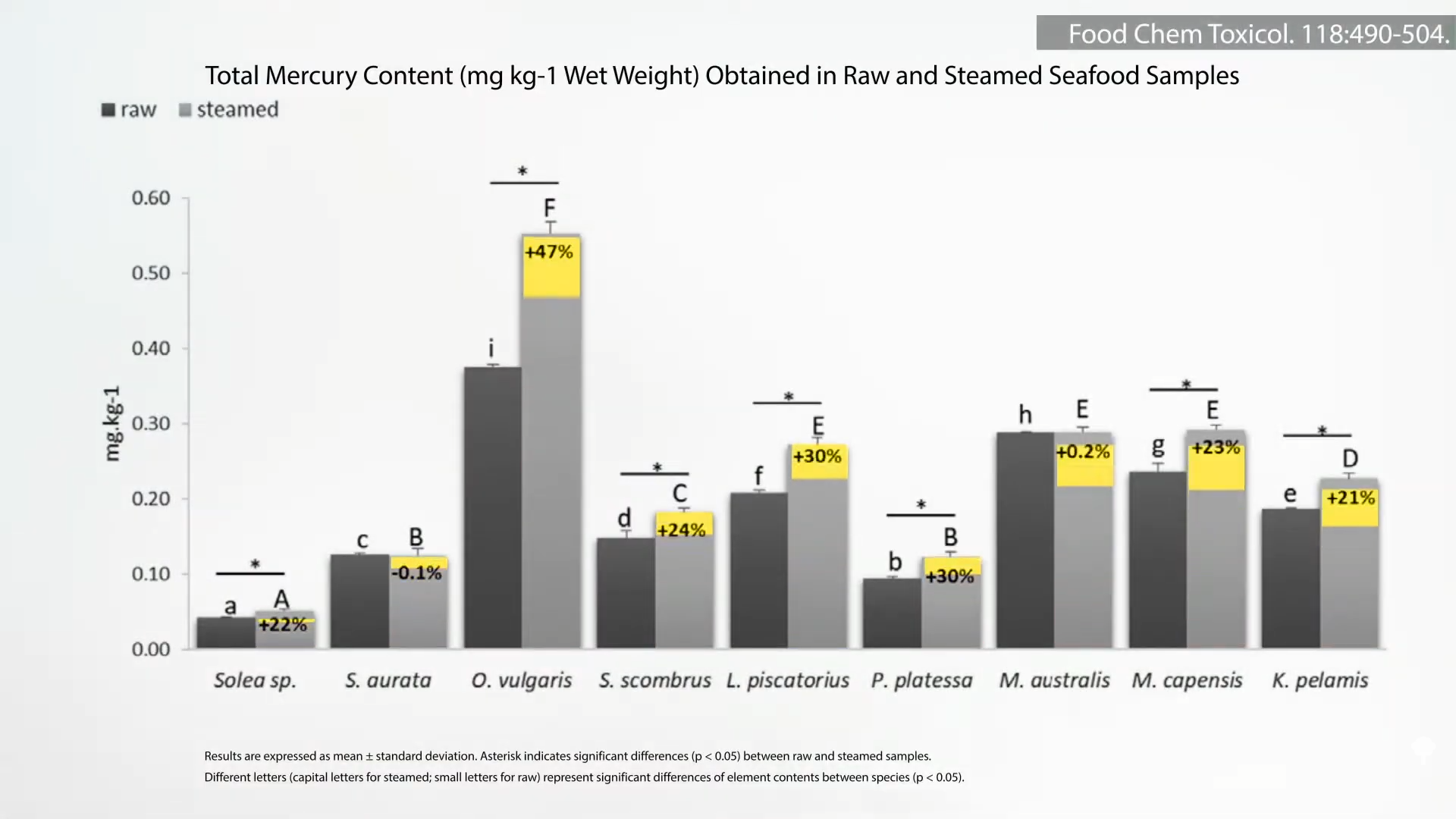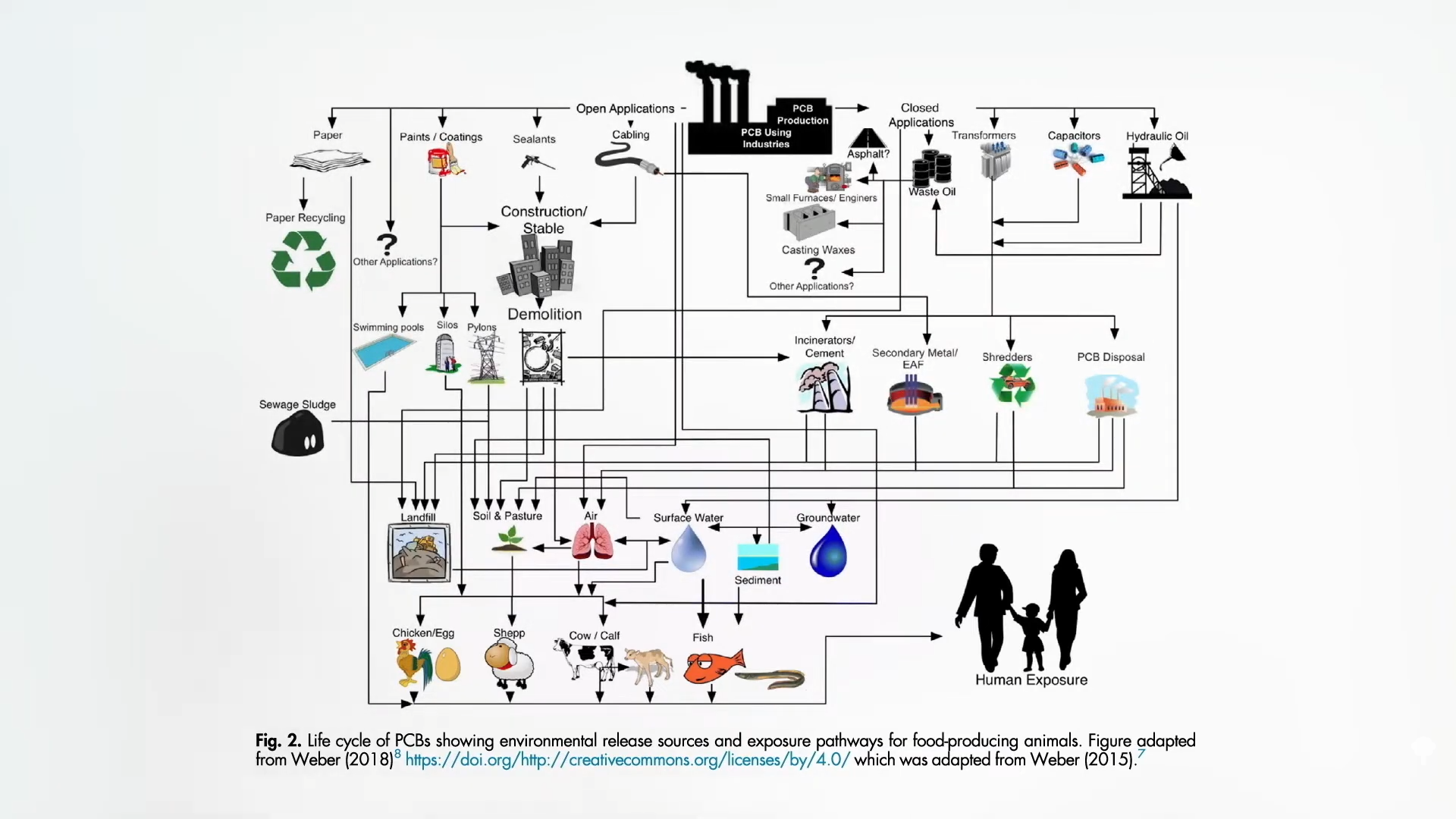Sign up for CNN’s Adulthood, But Better newsletter series. Our seven-part guide has tips to help you make more informed decisions around personal finance, career, wellness and personal connections.
CNN
—
Tupperware, the iconic kitchen brand that’s been a household name for decades, recently received a lifeline from its creditors, but the business still faces extreme challenges. Given the brand’s prospects, you might be wondering how long your stash of its food storage containers is safe to use — especially if it’s vintage.
Figuring out the answer to that question for any type of reusable plastic food storage products — not just Tupperware — often comes down to understanding what they’re made of. Bisphenol A, more commonly known as BPA, is a chemical that, according to the United States Institute of Environmental Health Scienceshas been used for years in the production of certain plastics to make them more durable and shatter-resistant. Unfortunately, BPA can also make them potential health hazards.
In human studies, BPA exposure has been associated with a higher risk of a wide range of health conditions or issues, such as infertility, altered fetal growth of the fetus, attention deficit hyperactivity disorder and aggression among children, polycystic ovarian syndrome, endometriosis, and heart disease, said Laura Vandenberg, a professor of environmental health sciences at the University of Massachusetts Amherst.
CNN
” data-fave-thumbnails=”{“big”: { “uri”: ” }, “small”: { “uri”: ” } }” data-vr-video=”false” data-show-html=”” data-byline-html=”
” data-timestamp-html=”
” data-check-event-based-preview=”” data-is-vertical-video-embed=”false” data-network-id=”” data-publish-date=”2023-03-31T20:27:35Z” data-video-section=”business” data-canonical-url=” data-branding-key=”nightcap” data-video-slug=”nightcap-plastic-bottles-recycling-clip-orig-nb” data-first-publish-slug=”nightcap-plastic-bottles-recycling-clip-orig-nb” data-video-tags=”animals,business and industry sectors,business, economy and trade,chemical industry and chemicals,chile,company activities and management,continents and regions,domestic alerts,domestic-business,domestic-health and science,domestic-international news,environment and natural resources,environmentalism,iab-business,iab-business and finance,iab-business operations,iab-environment,iab-industries,iab-non-profit organizations,iab-science,international alerts,international-business,international-health and science,latin america,life forms,national wildlife federation,non-profit and ngo organizations,plastic bottles,plastic packaging,plastics,product management,product packaging,recycling,santiago,south america,the americas,wildlife” data-breakpoints=”{” video-resource–media-extra-large=”” data-display-video-cover=”true” data-details=””>
Plastic water bottles are not just bad for environment – how they impact your health
In addition to food containers, BPA has been used in various other products, such as shatterproof windows, water bottles and eyewear, and in resins coating metal food cans, bottle tops and water supply pipes. The composition of your plastic product can depend on the year you bought it, Vandenberg said.
Since March 2010, items Tupperware sells in the US and Canada are BPA-free, according to its website.
CNN has contacted Tupperware for comment but has not received a response.
“We worry about those hard, shatter-resistant plastics that were made a decade ago, that were made with BPA,” Vandenberg said. “Every single time that they’re used, they’re leaching small amounts of BPA out of them. … Even the low levels of BPA that leach from consumer plastics, canned food linings or other consumer goods … have been shown to be associated with harm, and people certainly should care about it.
“If it’s not safe the day you buy it, it’s not safe 10 years later,” Vandenberg said. In fact, the longer you own them, the riskier they are for your health, she added.
Risks of container wear and tear
Putting stress on plastic food containers by washing them in the dishwasher or with rough scrub brushes “increase the ability of that plastic to leach whatever it was made out of,” Vandenberg said. Scratches can create deep grooves for bacteria to reside in as well, said James Rogers, director of food safety research and testing at Consumer Reports, a nonprofit research, testing and consumer advocacy organization.
Putting highly acidic foods — such as tomatoes or citrus fruits — in these products does the same thing, Vandenberg said.
The “microwave safe” label on some plastic containers doesn’t mean the product is totally safe from a health standpoint, she added.
“Some of the plasticizers and chemicals can transfer from the plastic containers into the food during heating,” Rogers said. “So we totally advocate that you transfer your food from a plastic container into a glass bowl and microwave it that way.”
Discoloration of a container can signal that a chemical change has occurred in the plastic, Vandenberg said. “Usually that is happening because there’s lots of little micro-holes or micro-tears,” she explained. “And now there’s an interaction with the food and the plastic (because the plastic is degrading). So if the plastic is discolored, it’s telling you that that plastic is breaking down.”
Any damaged plastic food storage containers should be discarded, said Sam Cole, global director of product certification, food equipment and chemicals at the National Safety Foundation, an organization facilitating development of public health standards and certification programs for the protection of food, water, consumer products and the environment.
CNN Business
” data-fave-thumbnails=”{“big”: { “uri”: ” }, “small”: { “uri”: ” } }” data-vr-video=”false” data-show-html=”” data-byline-html=”
” data-timestamp-html=”
” data-check-event-based-preview=”” data-is-vertical-video-embed=”false” data-network-id=”” data-publish-date=”2018-10-03T18:38:22Z” data-video-section=”business” data-canonical-url=” data-branding-key=”impact-your-world-nologo” data-video-slug=”eating plastic business lon orig” data-first-publish-slug=”eating plastic business lon orig” data-video-tags=”animals,fish and shellfish,life forms,marine animals,environment and natural resources,pollution,water pollution” data-breakpoints=”{” video-resource–media-extra-large=”” data-display-video-cover=”true” data-details=””>

5 ways to cut your plastic waste
01:30
– Source:
CNN Business
BPA in the body
The majority of daily exposure to BPA happens through diet, according to the US Institute of Environmental Health Sciences. “The reason why we worry about BPA is that, going all the way back to the 1930s when it was tested for use as a pharmaceutical, it was clear that it acts like an estrogen,” Vandenberg said. “Estrogen is a pretty powerful hormone that is important for reproduction and fertility, but also really important for the development of sex organs, development of the brain and controlling metabolism.
“It has a role in muscle development and fat development,” she added. “So even small amounts of tinkering with the estrogen or estrogen pathways in our body can have really serious outcomes for our health.”
The shape of the molecules in BPA make it more likely to bind to estrogen receptors, Vandenberg added. “I avoid using those reusable plastics as much as possible, because I have yet to see good evidence that there are consumer plastics that are free from estrogenic properties.”
Generally, plastics with the label “PC” (for polycarbonate) or recycling codes three or seven likely contain BPA, according to Vandenberg and the US Institute of Environmental Health Sciences.
Some manufacturers have been phasing BPA and other bisphenols, sometimes called analogues, out of their products due to public attention — rather than regulatory action — but not all, Vandenberg said.
“Think about replacing them with something that’s chemically inert, like glass,” Vandenberg said. “If you can’t afford to replace everything all at once, replace them one at a time.”

“I know it’s heavy, it can break and all the rest of that, but we think that the advantages to using glass containers for storing food and reheating food outweigh the risks,” Rogers said.
You can also opt for porcelain, ceramic or stainless-steel containers, especially for hot foods and liquids, according to Vandenberg and the US Institute of Environmental Health Sciences.
















:quality(85):upscale()/2025/02/21/696/n/1922729/c50eec7467b89f2b91f9d8.77991059_.png?ssl=1)